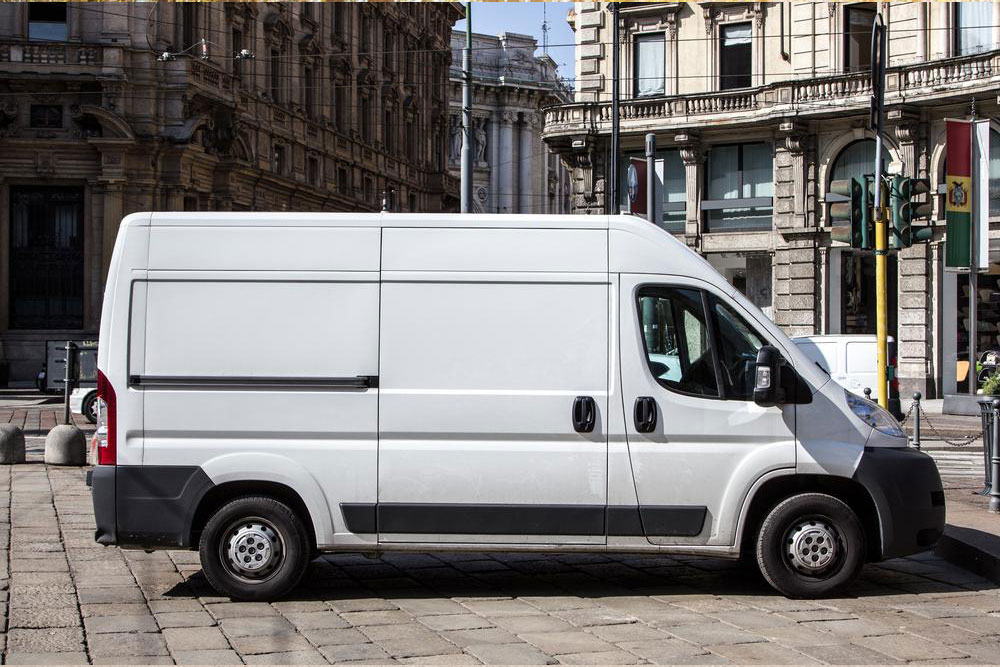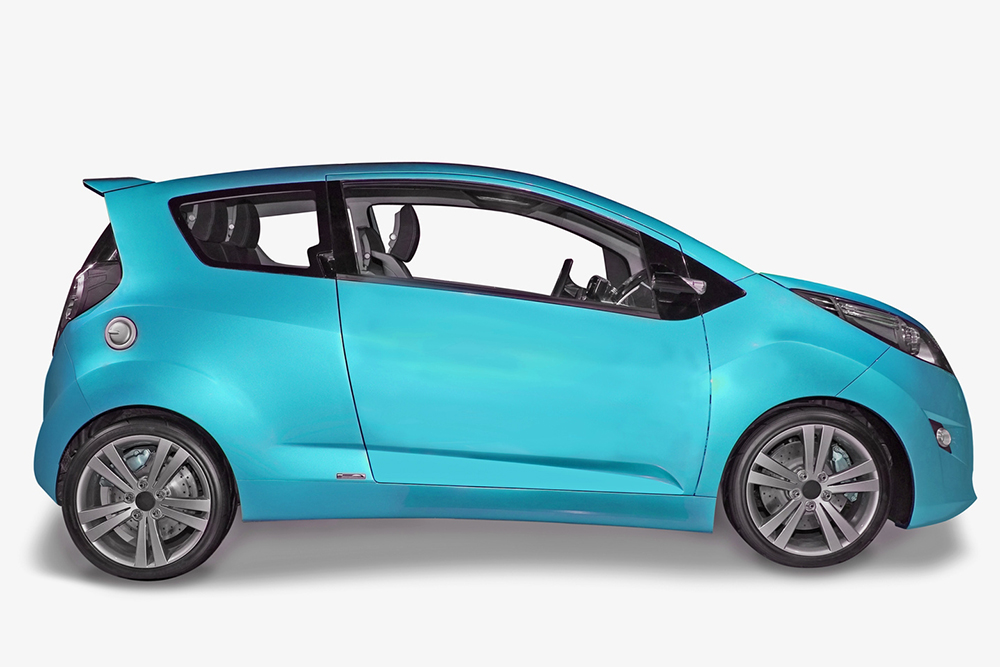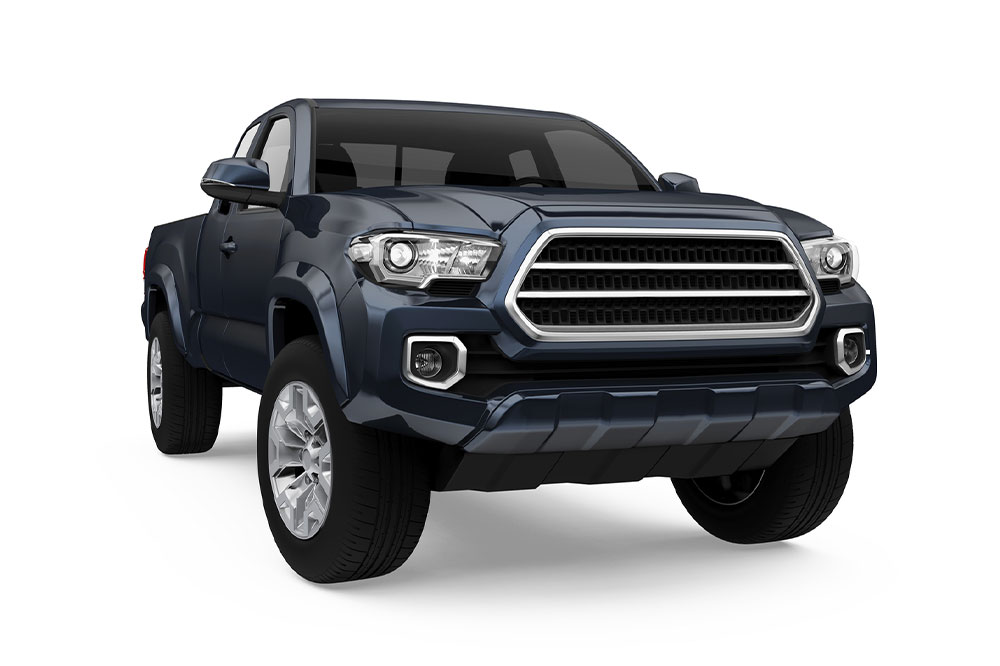Essential Guide to Purchasing a Used Vehicle
This comprehensive guide offers essential tips for buying a used car, covering budgeting, seller verification, documentation checks, vehicle inspection, comparing options, financing, and test driving. Following these expert tips ensures a confident and informed purchase process, helping buyers find reliable vehicles that suit their needs and budget while avoiding common pitfalls associated with second-hand car buying. Perfect for first-time buyers and seasoned shoppers alike.

Your Complete Guide to Buying a Second-Hand Car
Owning a vehicle often means quick and easy transportation. Yet, upgrading to a new car can be costly, and not everyone can afford it. Purchasing a used car offers an excellent alternative, allowing access to feature-rich models at a lower price. By following some proven buying strategies, prospective buyers can find quality pre-owned vehicles that fit their budget and needs.
1. Determine Your Budget
Prices for certified pre-owned vehicles vary widely, starting from under R$49,000 and reaching R$187,000 (or more) for luxury options.
It’s essential to research the prices of your preferred models and set a clear budget. Remember to include on-road expenses, repair costs, necessary accessories, and long-term maintenance costs such as insurance. Considering these factors helps estimate the total cost of vehicle ownership, enabling better financial planning and avoiding overspending.
2. Find Trusted Pre-Owned Car Dealers
Searching online is an effective way to identify reputable sellers by using keywords like “certified used cars near me” or “pre-owned vehicle dealerships nearby.” Additionally, asking friends or family for recommendations can be helpful. Visiting certified pre-owned dealerships or well-established third-party dealers ensures you find vehicles in good condition.
3. Verify Vehicle Documentation
Once you've shortlisted potential sellers, it’s critical to review all vehicle paperwork thoroughly. Request documents such as registration, insurance papers, and previous ownership records. This helps determine the car's history and price validity. Check for discrepancies or pending dues, and verify if the vehicle has a lien or outstanding financial obligations by reviewing the vehicle history report. Avoid cars with unresolved issues or undisclosed liens.
4. Review Maintenance History
Evaluate the vehicle’s upkeep by examining maintenance records. Proper documentation of regular oil changes, tire replacements, and repairs indicates good maintenance practices. This step ensures you are purchasing a reliable used car that has been well cared for and is less likely to require costly repairs soon.
5. Compare Multiple Options
Exploring several listings and dealerships helps identify the best value. Comparing models with similar features, performance, and prices allows you to select the vehicle that best matches your driving needs. Consider factors like technology, fuel efficiency, and overall condition before making a final decision.
6. Consider Financing Offers
Even used cars can be financed to ease upfront costs. Many banks and dealerships provide installment plans, allowing buyers to pay via monthly payments over several months or years. Eligibility typically depends on credit scores, so it’s advisable to check financing options beforehand. This method can make purchasing more affordable and manageable.
7. Conduct a Test Drive
A test drive is essential to assess how the vehicle performs on the road. Check acceleration, braking, steering, and overall ride comfort. Also, evaluate interior features like seat comfort, air conditioning, and infotainment systems. During the drive, listen for unusual sounds or vibrations, and inspect for any issues that might need fixing before completing the purchase.










